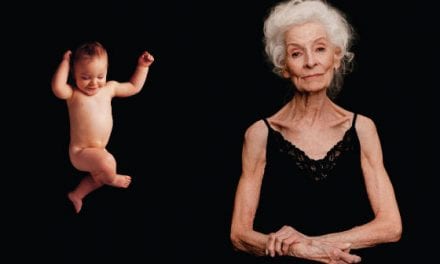It drives me crazy that we have come to think of 90% occupancy as acceptable.
By Steve Moran
It drives me crazy that we have come to think of 90% occupancy as acceptable. How did we get there? Why are we here?
IT MAKES ZERO SENSE TO ME
That last 10% is almost all pure profit, which means more money to serve residents, to pay team members, and yes . . . even to put cash in the pocket of investors; because profit is not a bad thing even in the senior living world.
While at Tony Mullen’s sales conference in Florida I got a chance to interview Greg Joyce, the CEO of Legacy Retirement Communities, a Lincoln, Nebraska-based senior living company that has, for the last 5 years, operated at a 99%-plus occupancy rate in a market that averages in the low 90s.
Legacy Retirement Communities
Legacy is a 20-year-old, family-owned senior living company that owns and operates 4 communities on three campuses. They have a total of 619 units with a mix of mostly independent and assisted living and a small number of memory care apartments.
In addition to having a 99% occupancy rate they have an overall staff turnover rate of around 15%, which is not the whole story. They use a lot of part-time high school help, which by its very nature means there is a lot of healthy turnover and that 15% number includes these young people.
The Story
The company was originally started by Greg’s grandfather after he went looking for a place for his mother (the grandfather’s mother). He couldn’t find anything he liked, so he built one. It filled in nothing flat and so he did the only logical thing there was to do and that was to build another one. It too filled very fast.
Then came number three and it did not have the same performance. They spent a fair amount of time, effort, and money floundering around trying to figure out how to get number three full and keep the others full. A big part of that strategy was to give new residents bunches of concessions. It may have helped, but it was an even more successful strategy for making existing residents mad that new residents were getting all the goodies.
Finding Success
Twelve years ago Greg attended his first Tony Mullens Sales Summit where he met David Smith, creator of the “One on One” selling methodology. (Disclosure: David Smith is the co-founder of Sherpa, a CRM that supports the “One on One” selling methodology and Sherpa is a Senior Housing Forum partner.) This was his first exposure to the idea that a transactional, volume-based approach might not be the best way to get their communities filled and kept full.
It took some time and some staff turnover to move the sales team from a transactional, volume-oriented sales approach to a relational approach. It was not easy for some team members, who were used to cranking out lots of calls and giving lots of tours figuring that some portion of that effort would stick, to move to a philosophy that says, “Let’s get to know our prospects and let’s help them figure out what is best for them, even if it means moving into someone else’s senior living community or not moving into senior living at all.”
They lost some team members and other adapted. Then things started to happen. They were working with fewer prospects but got to know them a lot better. Those prospects then made the decision to move into a Legacy Community because they were convinced that it was right for them, not because they were being muscled into it. Their close rate moved up to over 40%. It also meant that those prospects became their biggest fans and their biggest source of referrals.
You can watch the whole interview here:








